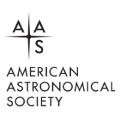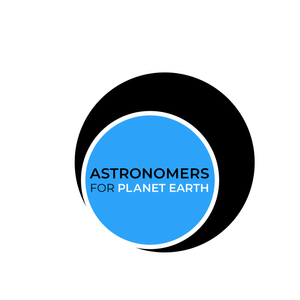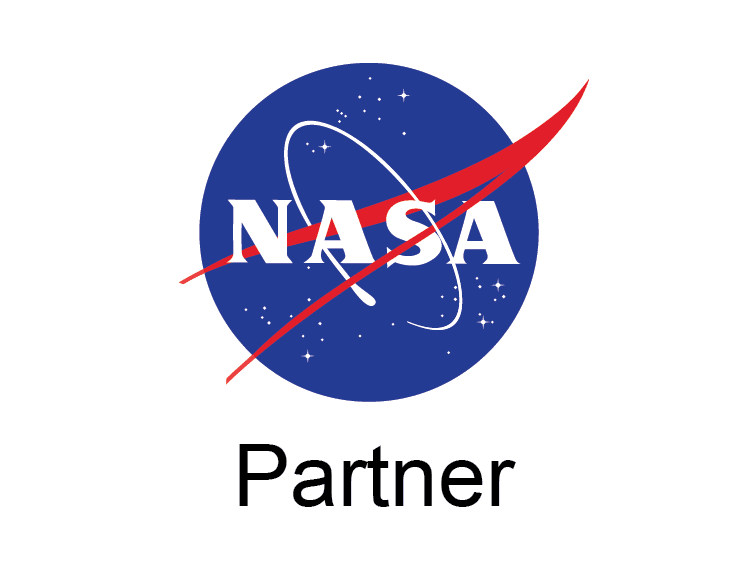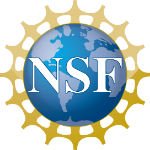Free Live NSN Webinar: Lunar Landing Sites, Past and Future
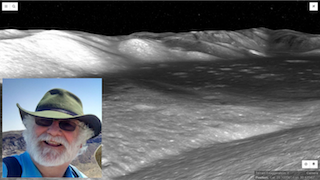
Join the NASA Night Sky Network on Thursday, April 23, 2020 at 6:00pm Pacific Time (9:00pm Eastern) on a YouTube livestream to hear Brian Day from NASA's Ames Research Center give us an inside look at lunar landing sites past and future, what we learned and hope to learn.
As we celebrate 50 years of human exploration on the lunar surface, we'll take a look back at each of the Apollo landing sites and discuss why each site was chosen and what made each site so interesting. We'll then recap some of the fascinating things we've learned from robotic lunar missions that followed Apollo. Finally, we'll look ahead to some of the amazing sites we are considering for future missions to the Moon. We'll make use of NASA's Moon Trek portal (https://trek.nasa.gov/moon/) to conduct our exploration.
About Brian Day
Brian Day currently serves as the Lead for Lunar and Planetary Mapping and Modeling at NASA's Solar System Exploration Research Virtual Institute (SSERVI). In this role he oversees the development of the Solar System Treks (https://trek.nasa.gov), a suite of online tools facilitating data visualization and analysis for mission planning, planetary science, and public outreach. From 2010-2014, Brian served as the Education/Public Outreach Lead for NASA’s Lunar Atmosphere and Dust Environment Explorer (LADEE) mission to the Moon, which flew through and studied the Moon’s tenuous atmosphere. From 2007-2010 he served as the E/PO Lead for NASA’s LCROSS lunar impactor mission which discovered deposits of water ice at the Moon’s South Pole. Brian has played key roles in various NASA Mars Analog Field Studies, providing technical support in the field for webcasts and robotic rover tests in extreme environments here on Earth. In 2007, he flew on the Aurigid-MAC mission to record fragments of comet Kiess entering Earth’s upper atmosphere.


